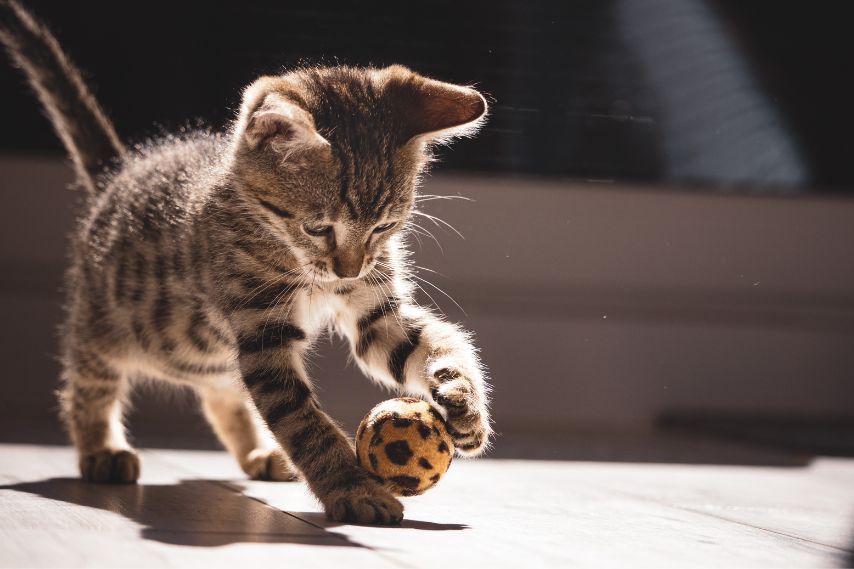Cracking the Code: Demystifying Feline Herpesvirus in Cats

Explore the intricacies of Feline Herpesvirus (FHV) as we unravel its nature
With their enigmatic charm and playful demeanor, cats can face health challenges, and one common viral culprit is Feline Herpesvirus (FHV). This article seeks to demystify the complexities surrounding Feline Herpesvirus, shedding light on its nature, symptoms, and strategies for managing this viral infection to ensure the well-being of our feline companions.
Unraveling the Feline Herpesvirus: Understanding the Basics:
Feline Herpesvirus (Feline Rhinotracheitis Virus (FHV-1)) belongs to the Herpesviridae family. This highly contagious virus primarily affects the respiratory system in cats. Understanding the nature of Feline Herpesvirus is crucial for devising effective management strategies.
Modes of Transmission: How Cats Contract FHV:
Cats contract Feline Herpesvirus through direct contact with infected cats, sharing common spaces, and exposure to contaminated objects. Understanding the modes of transmission is essential for preventing the spread of the virus and protecting the overall feline population.
Symptoms of FHV in Cats: Decoding the Signs:
Recognizing the symptoms of Feline Herpesvirus is critical to early intervention. Common signs include sneezing, nasal discharge, watery eyes, coughing, and eye ulcers. Additionally, infected cats may display lethargy, reduced appetite, and reluctance to groom them. Identifying these symptoms aids in prompt veterinary care.
Veterinary Diagnosis: Navigating the Testing Process:
Diagnosing Feline Herpesvirus involves veterinary examinations, laboratory tests, and, potentially, polymerase chain reaction (PCR) tests to detect the viral DNA. Collaborating closely with veterinarians ensures accurate diagnosis and facilitates the development of a tailored treatment plan.
Treatment Approaches: Tailoring Solutions for Feline Well-being:
While there is no cure for Feline Herpesvirus, various treatment approaches aim to manage symptoms and improve the overall well-being of infected cats. These may include antiviral medications, immune system support, and environmental modifications to reduce stress, a factor that can trigger flare-ups.
Preventive Measures: Safeguarding the Feline Community:
Preventing the spread of FHV involves vaccination, minimizing stressors, and practicing good hygiene. Vaccination, especially for kittens, is a cornerstone in protecting cats from severe virus manifestations. Additionally, creating stress-free environments and maintaining proper hygiene contribute to preventing Feline Herpesvirus outbreaks.
Conclusion:
Cracking the code of Feline Herpesvirus involves understanding its nature, recognizing symptoms, and implementing proactive measures for prevention and management. This article serves as a guide for cat owners, emphasizing the importance of early intervention, collaborative veterinary care, and preventive strategies to ensure the well-being of our feline companions. By demystifying Feline Herpesvirus, we empower cat owners to navigate this viral challenge and provide the best possible care for their beloved feline friends.




